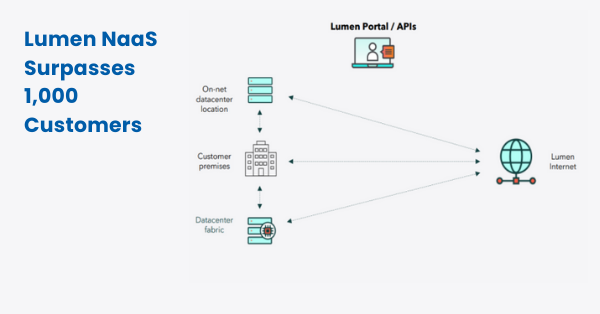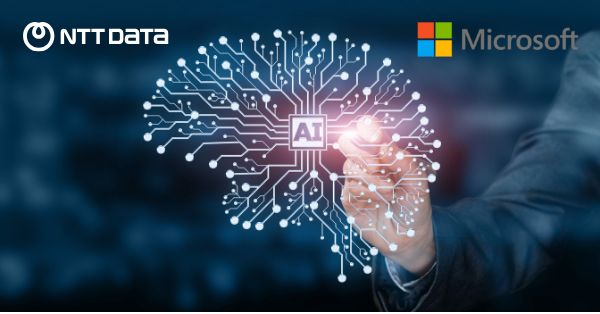GFiber Labs is shaping what the future of home internet can look like — and network slicing may be its next big step.
Bringing New Internet Experiences to GFiber Customers with Network Slicing
At GFiber, staying ahead means delivering better ways for people to use the internet. This year alone, GFiber introduced new lifestyle-driven internet plans for most of its cities. And just last week, the company completed a successful demo with Nokia, showcasing a new capability: network slicing.
Understanding Network Slicing for Better Home Internet
In simple terms, network slicing lets providers divide a home network into multiple dedicated lanes, each optimized for a specific task.
During the GFiber Labs test, engineers set up two gaming consoles and used lab equipment to flood the network with traffic. As expected, the games stuttered and lagged. Then they activated a dedicated “slice” just for gaming traffic. Instantly, the gameplay smoothed out, with responsive controls and no noticeable lag.
This demo was just a first step, but it showed real promise.
Why Network Slicing Beats One-Size-Fits-All Internet
Today’s home internet connections treat all traffic the same way, whether someone is playing games, attending video calls, or running smart devices. But not all activities have the same needs. Gamers worry about latency, while remote workers need clear video and solid connections. Home businesses want stable uptime and extra security.
With technologies like AI and AR becoming more common, next-level performance will matter even more. Network slicing could be a practical way to meet these different demands at the same time.
Giving Customers Control with GFiber and Nokia Network Slicing
Unlike traditional traffic management that works behind the scenes, network slicing aims to hand over more control to users. Imagine being able to choose which applications or devices get priority at any moment, giving families flexibility to adapt their internet to how they live, work, and play.
GFiber says this won’t compromise its dedication to an open and unrestricted internet. Instead, it’s about adding meaningful customization that customers can use.
Transactional Slices: Secure Connections on Demand
GFiber is also exploring “transactional slices.” These are short-lived, on-demand slices that spin up automatically for sensitive tasks. For example, when logging into online banking, a transactional slice could create a secure, direct path to the bank’s server, avoiding unnecessary exposure across the broader internet. This happens behind the scenes, adding a quiet but significant layer of peace of mind.
A Natural Fit for GFiber’s Lifestyle Internet Plans
Network slicing aligns well with GFiber’s new lineup of lifestyle-focused internet products like Core, Home, and Edge. These offerings already target different household needs, from basic browsing to heavy streaming and smart home use. Adding real-time, customizable slices takes that concept further, matching network performance with what matters most to each household.
What’s Ahead for GFiber and Nokia
While the potential is exciting, there’s work ahead before network slicing is ready for everyday use. Automation will play a big part in making sure slices can be created and managed seamlessly. GFiber plans to continue collaborating with Nokia this year to figure out the best way to bring this idea to life.
GFiber Labs was built to test and deliver ideas like this — practical innovations that could change how people experience home internet. The team hopes that network slicing could one day become a core feature that gives customers more say in how their connections perform.

































